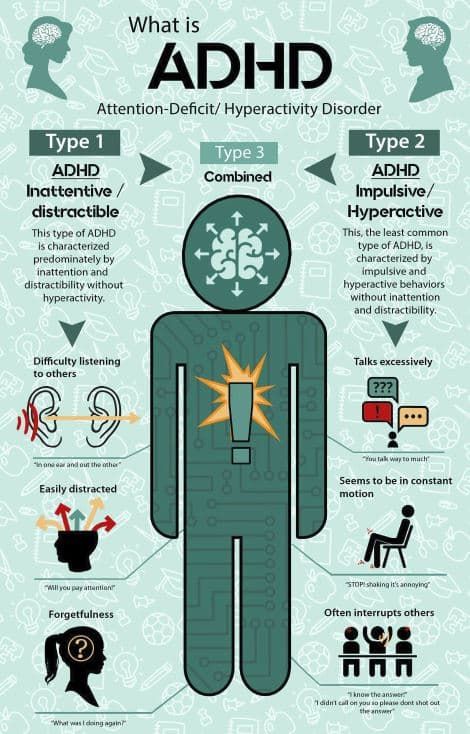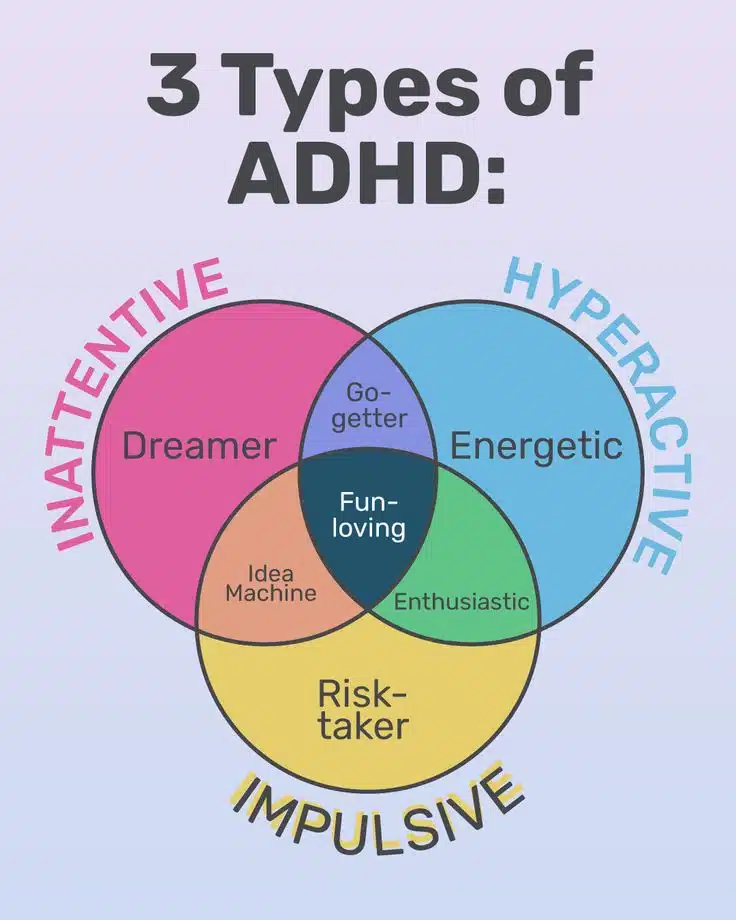Treating ADHD at home means creating a supportive environment and routine for your child. Here’s how it works:
| Strategy |
Description |
| Structured Routine |
Set regular times for meals, homework, and sleep. This predictability helps children feel secure and focused. |
| Clear Rules |
Establish simple, understandable rules. Clear expectations reduce confusion and help manage behavior. |
| Positive Reinforcement |
Praise and rewards for good behavior encourage repetition. |
| Break Tasks into Steps |
Large tasks can overwhelm; breaking them down makes them more manageable. |
| Quiet Spaces |
Designate areas in the home for calm activities, reducing overstimulation. |
| Consistent Bedtime |
A regular sleep schedule improves overall mood and focus. |
By incorporating these strategies, parents can create a nurturing environment that caters to their child’s needs, fostering growth and learning positively. This approach not only helps the child with ADHD but also brings harmony to the entire household.














